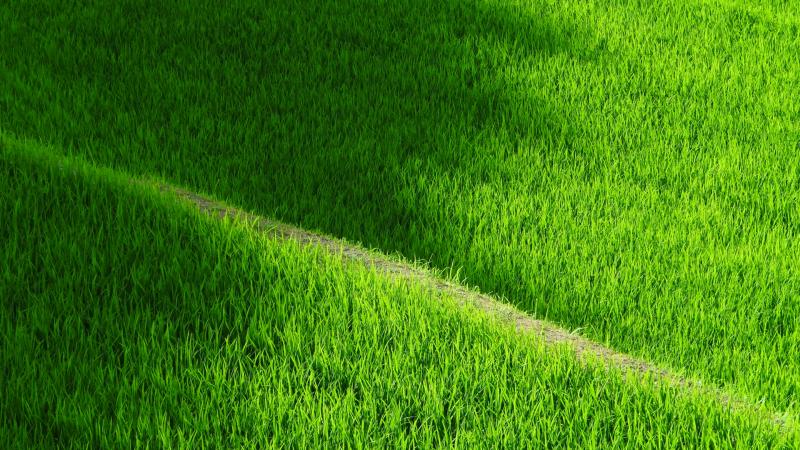
Rice is the most widely consumed staple cereal in Asia and is the agricultural commodity with the third-highest worldwide production. Paddy fields are at the eye of a storm as they are a significant contributor of greenhouse gases (GHG) like methane that are known to contribute towards global warming. The warm, waterlogged soil conditions in rice fields promote the growth of microorganisms that release carbon-dioxide and transform it into methane. One way to manage this is by increasing the ability of the soil to store more organic carbon. A study by researchers at the Tezpur University, Assam, evaluates the effect of different carbon-rich fertilisers on methane emission and rice productivity.
Commonly used organic fertilisers like cow dung, green manure and rice husk contain materials in various stages of decay that adds to the soil carbon content. In fact, the global carbon content in the soil is so high today that it holds three times more carbon than the atmosphere. Thus, even a small change in soil management techniques (such as adding organic materials) has the potential to offset anthropogenic GHG emissions from rice production significantly.
In this study, the researchers have evaluated the additions of organic and inorganic fertilisers (usually a combination of nitrogen, phosphorus and potassium, commonly referred to as NPK) for their global warming potential, methane emission, soil carbon storage and crop productivity. The field study was conducted in the Tezpur University campus for two years (2014 and 2015) during the monsoon season lasting between June and November each year. This study was published in the journal Environmental Science and Pollution Research and was funded by the Department of Science and Technology.
The researchers conducted their experiment with rice seedlings sown in five different plots. The first plot was applied a regular dose of conventional NPK-only fertiliser, and it served as a control against which others were measured. The other four plots were applied different organic materials—cow dung, green manure from a herbaceous plant called Sesbania aculeata, compost from an aquatic fern called Azolla caroliniana and rice husk. These organic compounds were added in addition to the inorganic NPK fertiliser.
The study observed that the plot with NPK and green manure had increased methane emissions as compared to the control plot with only NPK. The researchers also found that adding either cow dung or green manure increased methane emissions by 40-60%. However, the crop yield showed a reverse pattern; it increased significantly with the addition of organic fertilisers. The study found that the plot with Azolla compost had the highest increase in yield (27%), followed by the one with cow dung (23%), rice husk dust (17%) and green manure (11%).
The researchers also found that the plants grown with organic fertilisers had a significantly higher rate of photosynthesis than those grown with just NPK fertiliser. The carbon efficiency ratio (a ratio of carbon stored in the grain and the carbon emitted), which indicates the plant’s efficiency for storing carbon, was highest for the plot with Azolla compost and lowest for the one with green manure. The level of soil organic carbon was also higher in plots with organic additions.
The findings show that although methane emission increases with organic additions to soil, it boost crop yield. “A high carbon efficiency ratio and soil carbon storage capacity with the combination of NPK and Azolla compost is a high point of the present study”, say the authors. While organic additions increase the methane emissions, they also offset its impacts by improving carbon storage in crop and soil.
“Addition of farmer-friendly organics to inorganic fertilisers may be an easy and useful method to improve productivity in tropical regions such as north-east India, where inorganic fertiliser costs are high but organic materials are plentiful”, say the authors, talking about the implications of the study. Thus, picking a proper management technique that chooses the right kind of organic additions can prove to be a boon for rice production, rather than a bane due to its global warming emissions.






